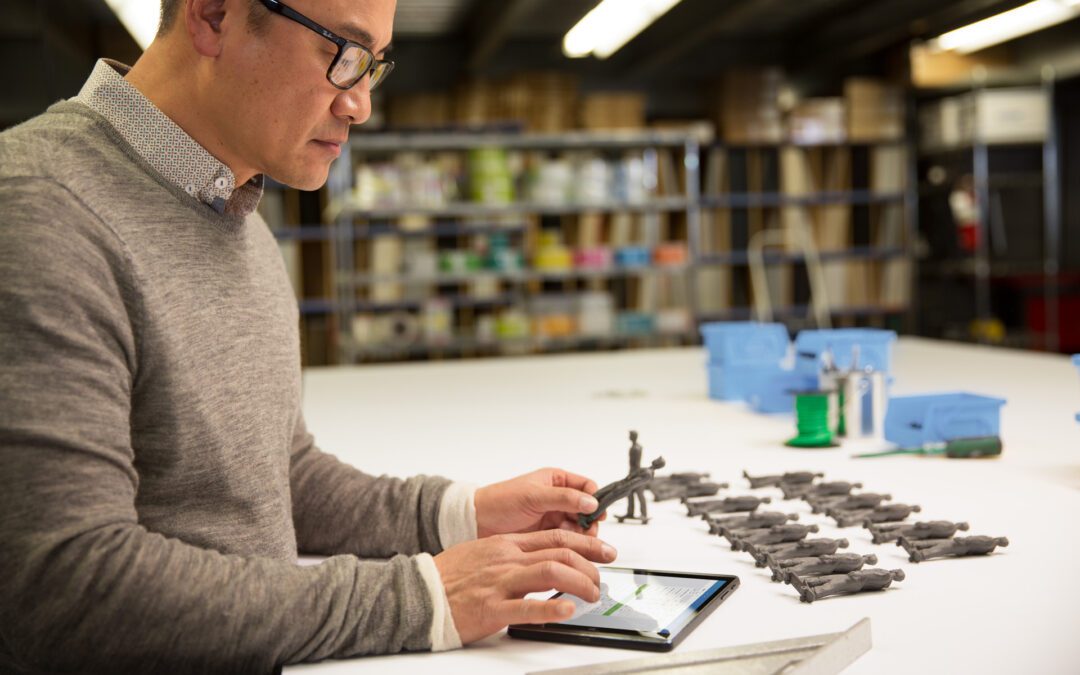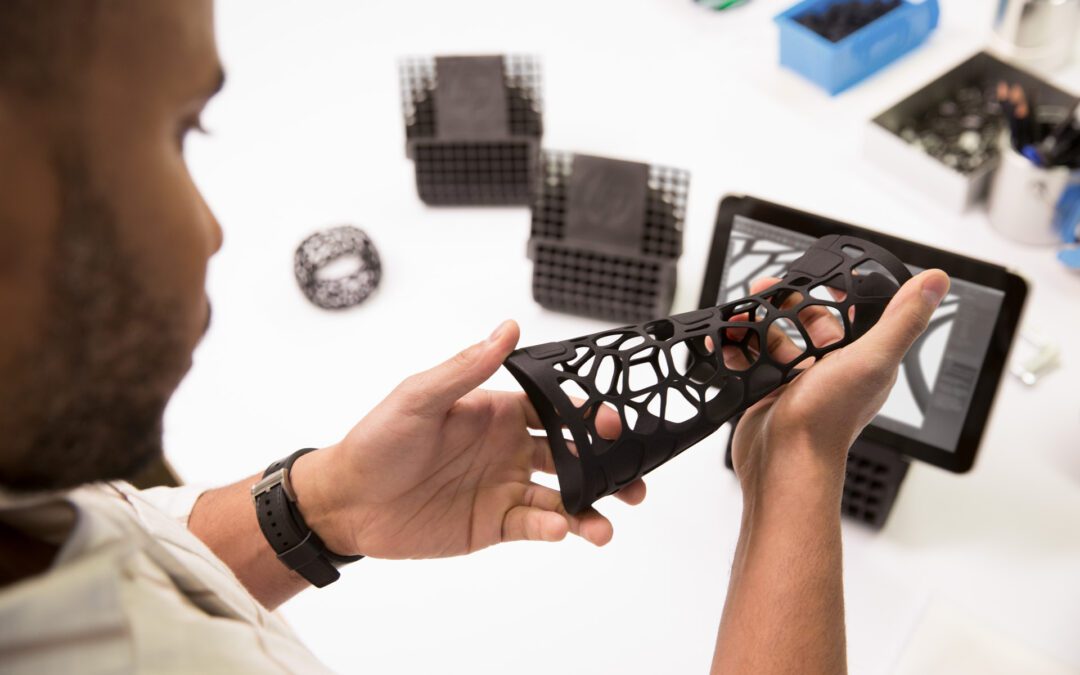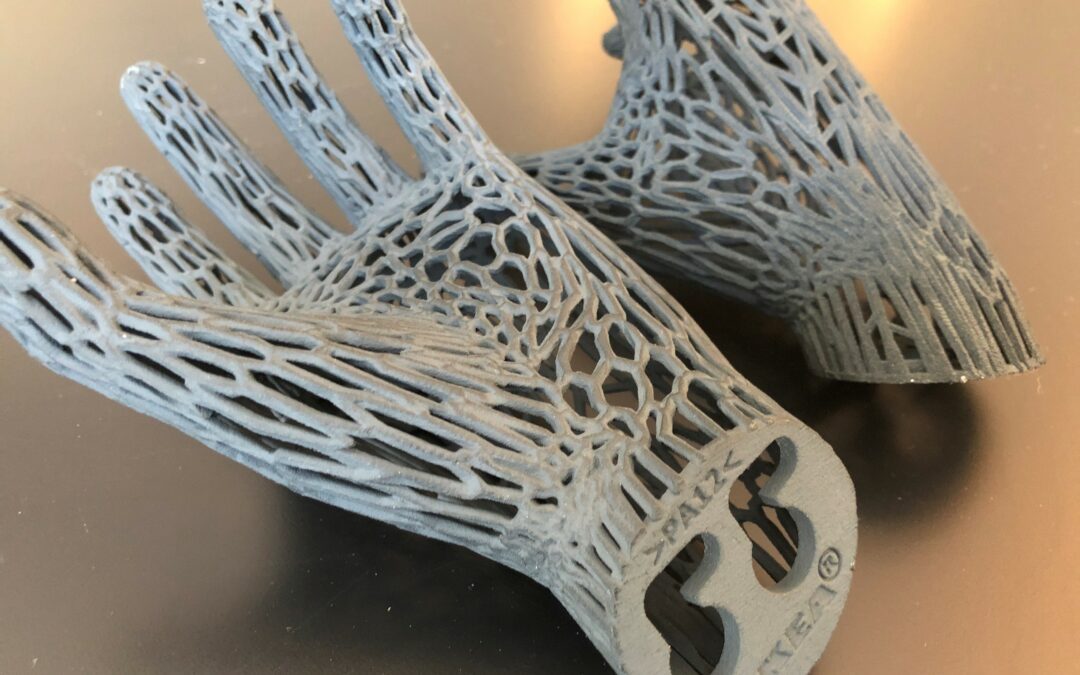In this comparison review, we’ll explore some of the top polymer powder bed 3D printers available today, providing detailed insights to help you make an informed decision.
Polymer powder bed 3D printing is rapidly transforming manufacturing processes across industries. Technologies like Selective Laser Sintering (SLS) and Multi Jet Fusion (MJF) are at the forefront of this revolution, offering unparalleled precision, speed, and material versatility.
HP Jet Fusion 5200 Series
Overview
The HP Jet Fusion 5200 Series is renowned for its efficiency and high quality output. Utilizing MJF technology, this printer is ideal for producing functional parts with intricate details and smooth finishes.
Key Features
Build Volume: 380 x 284 x 380 mm
Layer Thickness: 80 microns
Print Speed: Up to 5058 cm³/hr
Material Options: PA 12, PA 11, TPU, PP
Pros
Speed: One of the fastest printers in the market.
Detail: Produces fine details and smooth surface finishes.
Versatility: Compatible with a wide range of materials.
Cons
Cost: High initial investment.
Learning Curve: Requires training to fully utilize its capabilities.
Ideal For
High Volume production.
Functional prototyping.
End Use parts.
EOS FORMIGA P 110 Velocis
Overview
The EOS FORMIGA P 110 Velocis is a well regarded SLS printer, known for its precision and reliability. It is suitable for small to medium sized production runs and intricate designs.
Key Features
Build Volume: 200 x 250 x 330 mm
Layer Thickness: 60100 microns
Print Speed: Up to 1.2 liters/hr
Material Options: PA 12, PA 11, Alumide, TPU
Pros
Accuracy: High precision suitable for detailed parts.
Reliability: Robust and consistent performance.
Material Range: Supports a variety of materials.
Cons
Speed: Slower compared to some competitors.
Size Limitations: Smaller build volume.
Ideal For
Detailed prototyping.
Custom small batch production.
Medical and aerospace applications.
3D Systems ProX SLS 6100
Overview
The 3D Systems ProX SLS 6100 combines high quality SLS printing with robust material options. It is designed for both prototyping and production applications.
Key Features
Build Volume: 381 x 330 x 460 mm
Layer Thickness: 80150 microns
Print Speed: Variable, dependent on part geometry
Material Options: DuraForm PA, GF, TPU, FR
Pros
Material Diversity: Supports a wide range of engineering grade materials.
Quality: High Quality prints with good mechanical properties.
Ease of Use: User Friendly interface and setup.
Cons
Speed: Moderate printing speed.
Cost: Expensive materials.
Ideal For
Engineering applications.
Aerospace and automotive parts.
Functional and end use components.
Farsoon eForm
Overview
The Farsoon eForm is an affordable yet capable SLS 3D printer. It is designed for businesses looking to enter the powder bed fusion market without a significant upfront investment.
Key Features
Build Volume: 250 x 250 x 320 mm
Layer Thickness: 60120 microns
Print Speed: Up to 2 liters/hr
Material Options: PA 12, PA 11, TPU
Pros
Cost Effective: Lower cost of entry.
Quality: Good print quality for the price.
Flexibility: Supports a variety of materials.
Cons
Speed: Not the fastest printer.
Features: Lacks some advanced features found in more expensive models.
Ideal For
Small businesses.
Educational institutions.
Entry Level industrial applications.
Sinterit Lisa Pro
Overview
The Sinterit Lisa Pro is a compact SLS printer that offers professional grade quality at an accessible price point. It’s suitable for detailed prototypes and functional parts.
Key Features
Build Volume: 150 x 200 x 260 mm
Layer Thickness: 75175 microns
Print Speed: Moderate, dependent on part geometry
Material Options: PA 12, Flexa Grey, TPE, TPU
Pros
Compact Size: Fits easily in smaller workspaces.
UserFriendly: Intuitive interface and easy setup.
Quality: Produces high quality prints with good detail.
Cons
Build Size: Limited build volume.
Speed: Moderate printing speed.
Ideal For
Small Scale production.
Prototyping and design studios.
Educational and research institutions.
Comparative analysis
Speed
Fastest: HP Jet Fusion 5200 Series.
Moderate: EOS FORMIGA P 110 Velocis, 3D Systems ProX SLS 6100.
Slower: Farsoon eForm, Sinterit Lisa Pro.
Build Volume
Largest: 3D Systems ProX SLS 6100.
Medium: HP Jet Fusion 5200 Series, Farsoon eForm.
Smallest: Sinterit Lisa Pro, EOS FORMIGA P 110 Velocis.
Material Diversity
Most Versatile: 3D Systems ProX SLS 6100, HP Jet Fusion 5200 Series.
Good Range: EOS FORMIGA P 110 Velocis, Farsoon eForm.
Limited: Sinterit Lisa Pro.
Cost
Highest: HP Jet Fusion 5200 Series, 3D Systems ProX SLS 6100.
Moderate: EOS FORMIGA P 110 Velocis.
Lowest: Farsoon eForm, Sinterit Lisa Pro.
Ease of Use
User Friendly: Sinterit Lisa Pro, 3D Systems ProX SLS 6100.
Intermediate: HP Jet Fusion 5200 Series, Farsoon eForm.
Advanced: EOS FORMIGA P 110 Velocis.
Conclusion
Choosing the right polymer powder bed 3D printer depends on your specific needs, budget, and production goals.
For Speed and High Volume: The HP Jet Fusion 5200 Series is the clear winner, offering unmatched speed and efficiency.
For Precision and Reliability: The EOS FORMIGA P 110 Velocis stands out with its high accuracy and robust performance.
For Versatile Materials and Engineering Applications: The 3D Systems ProX SLS 6100 provides excellent material diversity and quality.
For Cost Effectiveness: The Farsoon eForm is a great entry level option without compromising too much on quality.
For Compact and Accessible Solutions: The Sinterit Lisa Pro offers professional grade prints in a user friendly, compact package.


